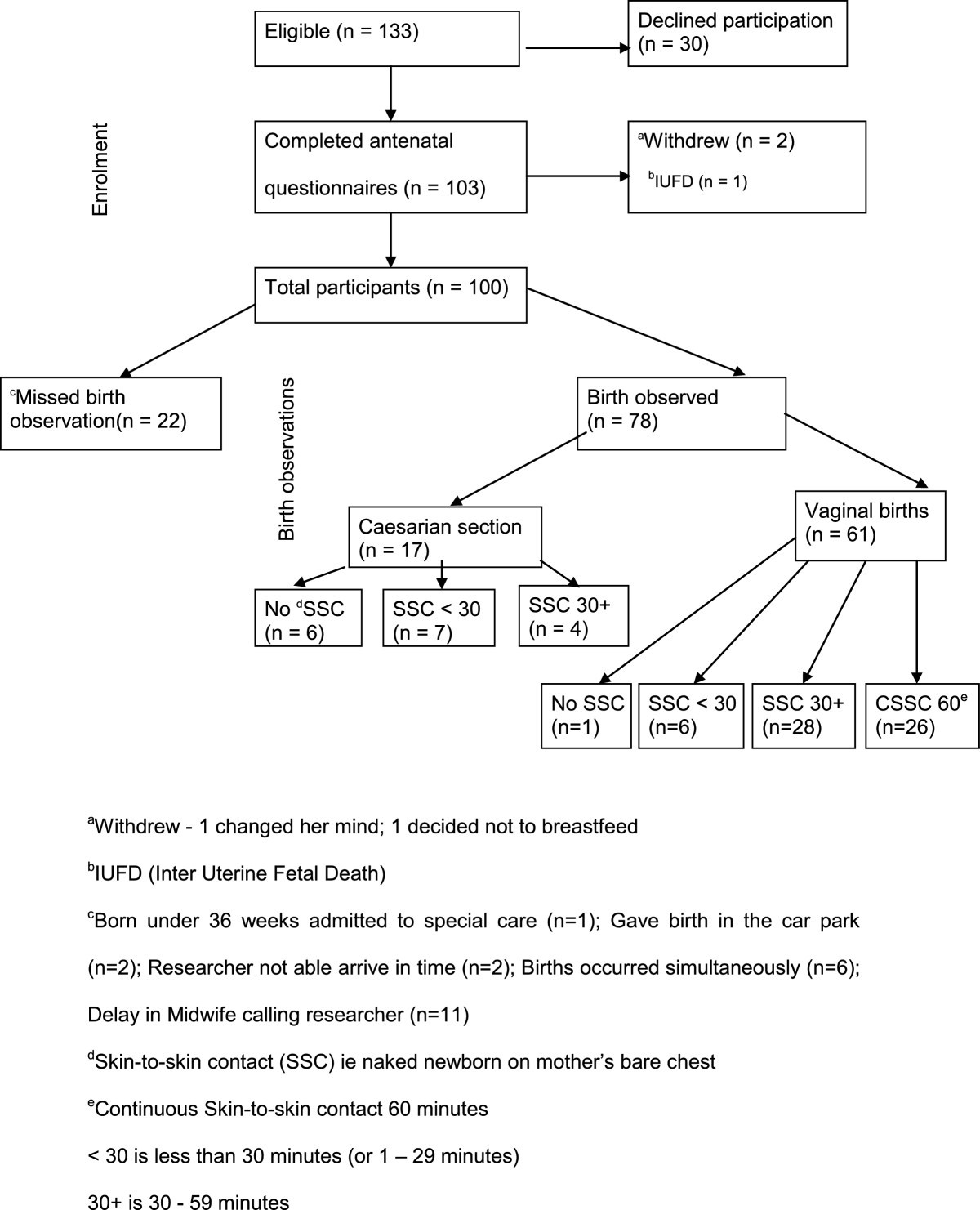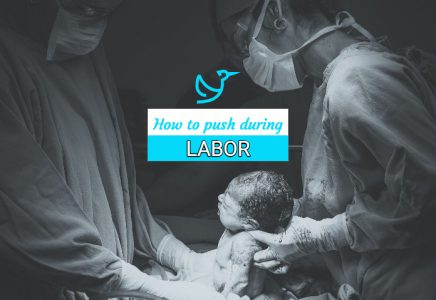

The second stage is often referred to as the "pushing" stage. The second stage of labor begins when the cervix is completely opened and ends with the delivery of the baby. In most cases, the active and transition phases are shorter than the latent phase. Most women feel the urge to push during this phase. Contractions are usually very strong, lasting 60 to 90 seconds and occurring every few minutes. During transition, the cervix dilates from 8 to 10 centimeters. The third phase is called transition and is the last phase. Contractions become longer, more severe, and more frequent (usually 3 to 4 minutes apart). The second phase of the first stage (active phase) is signaled by the dilation of the cervix from 4 to 7 centimeters. Pelvic exams are performed to determine the dilation of the cervix. The mother-to-be is usually admitted to the hospital during this phase. The latent phase is usually the longest and least intense phase of labor. Some women may not recognize that they are in labor if their contractions are mild and irregular. The cervix dilates (opens approximately three or four centimeters) and effaces (thins out). The first phase of the first stage of labor is called the latent phase, when contractions are becoming more frequent (usually 5 to 20 minutes apart) and somewhat stronger. However, labor typically is divided into three stages: What are the different stages of labor?Įach labor is different. If a woman feels unsure if labor is beginning, she should always call her doctor or midwife. This step is often taken to prevent infections and delivery complications. If labor still has not begun after 24 hours, a woman may be hospitalized for labor to be induced.

The majority of women with ruptured membranes go into labor within 24 hours. Women who experience a rupture of the amniotic sac should contact their doctor or midwife immediately. Rupture of amniotic sac (bag of waters) Labor sometimes begins with amniotic fluid gushing or leaking from the vagina.

Some common signs of labor may include:īloody show A small amount of mucus, slightly mixed with blood, may be expelled from the vagina indicating a woman is beginning labor.Ĭontractions Contractions (uterine muscle spasms) occurring at intervals of less than ten minutes are usually an indication that labor has begun contractions may become more frequent and severe as labor progresses. Signs of labor vary from woman to woman, as each woman experiences labor differently. However, no one knows exactly what triggers the onset of labor. Labor usually starts two weeks before or after the estimated date of delivery.
Precipitate birth vs rapid labor series#
Labor is a series of continuous, progressive contractions of the uterus which help the cervix to open (dilate) and to thin (efface), allowing the fetus to move through the birth canal.


 0 kommentar(er)
0 kommentar(er)
